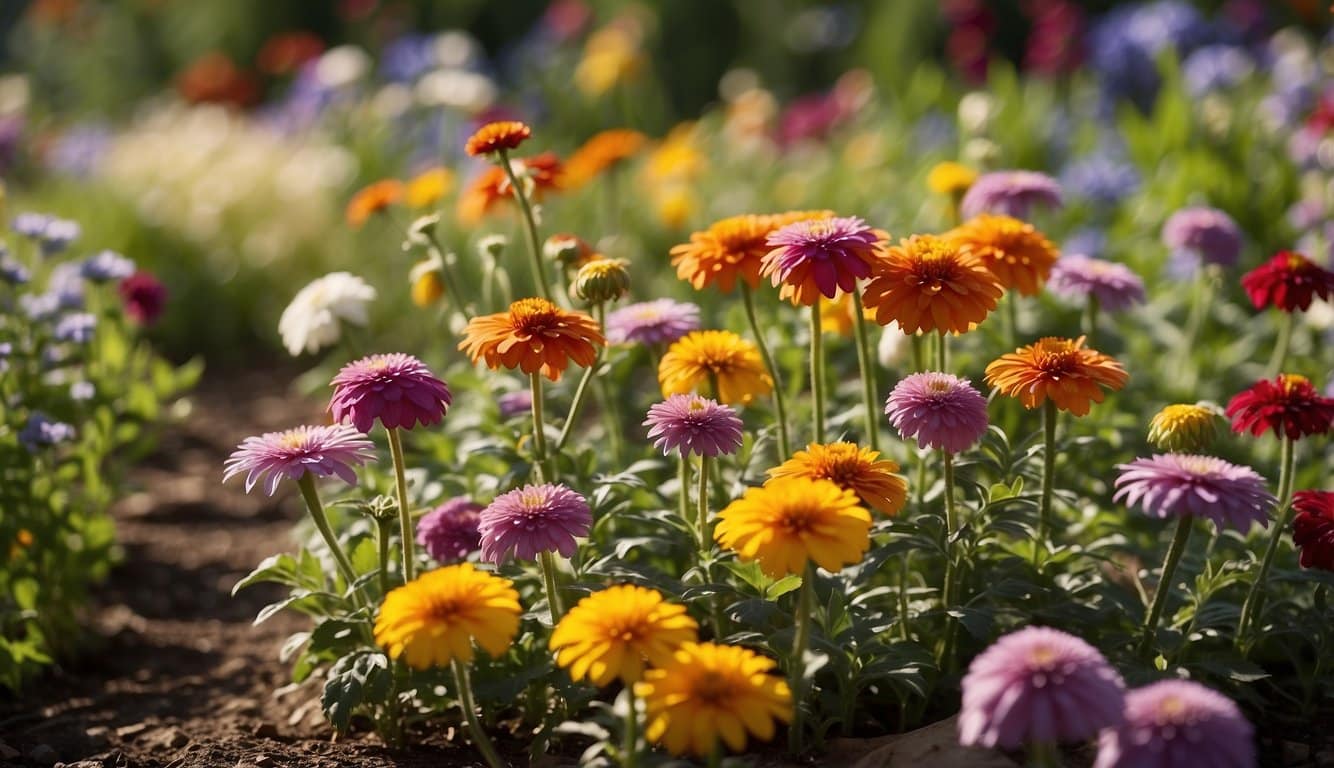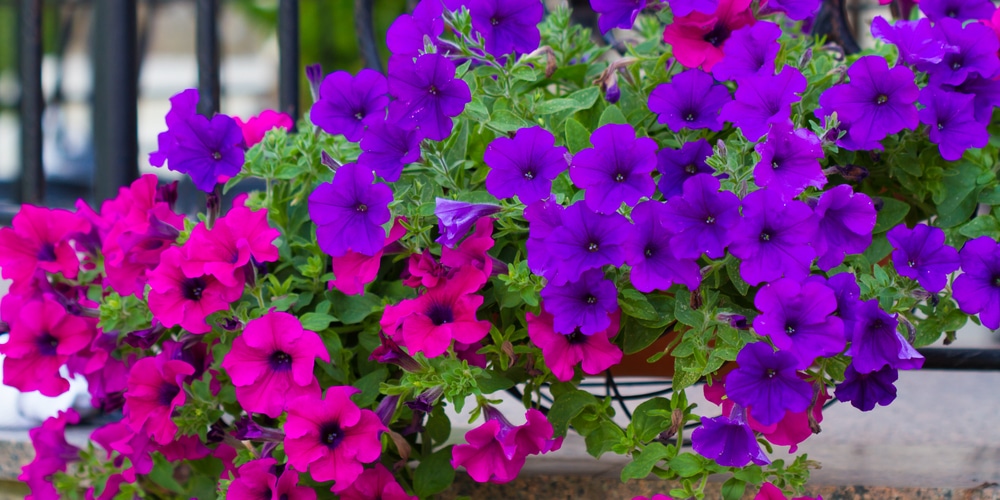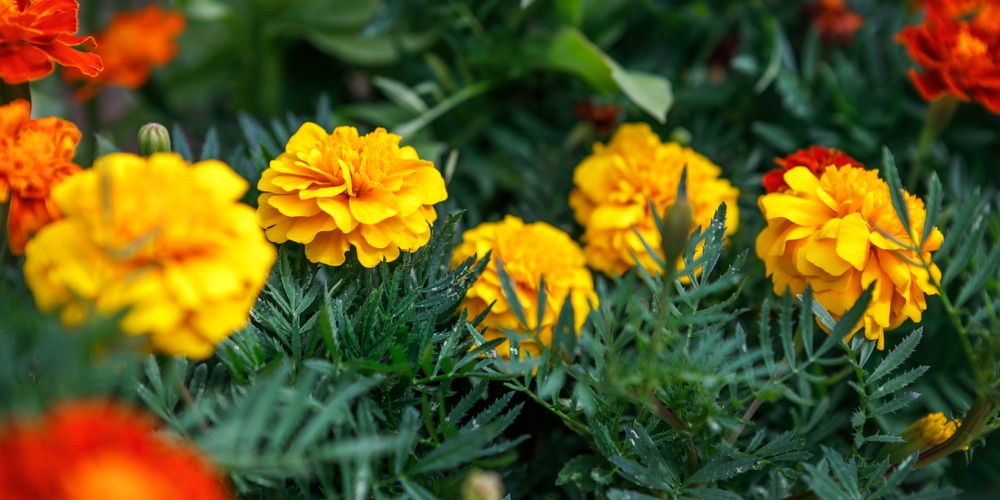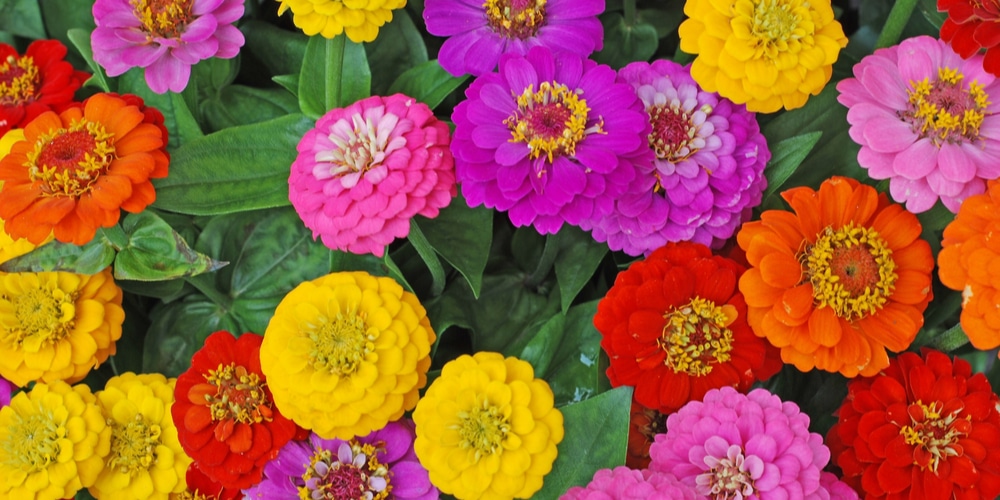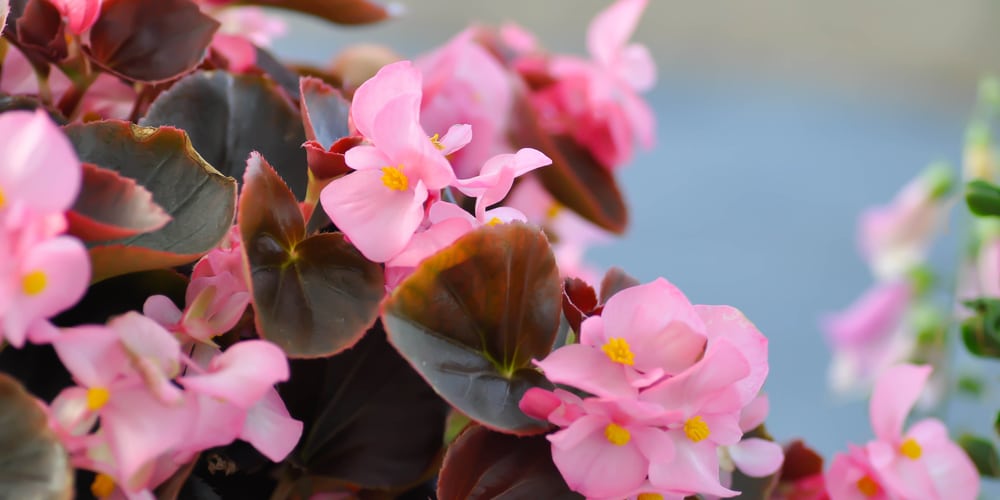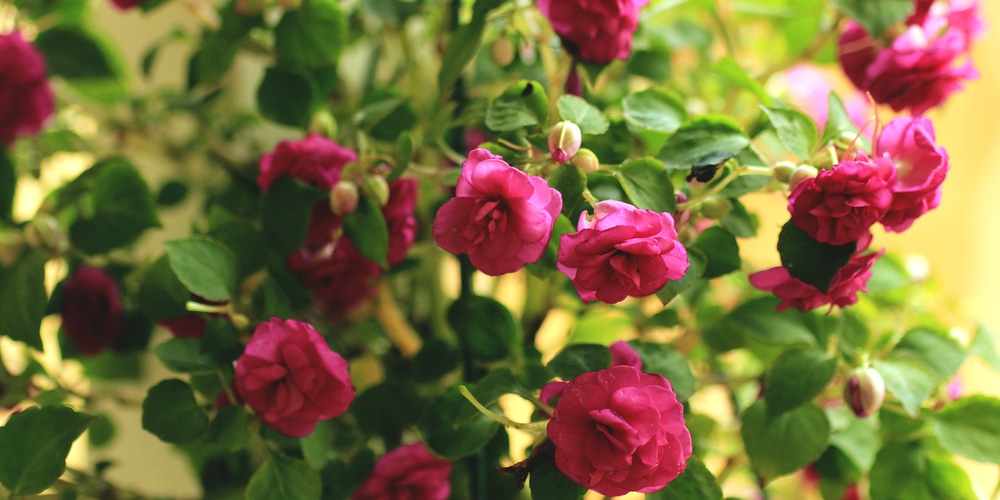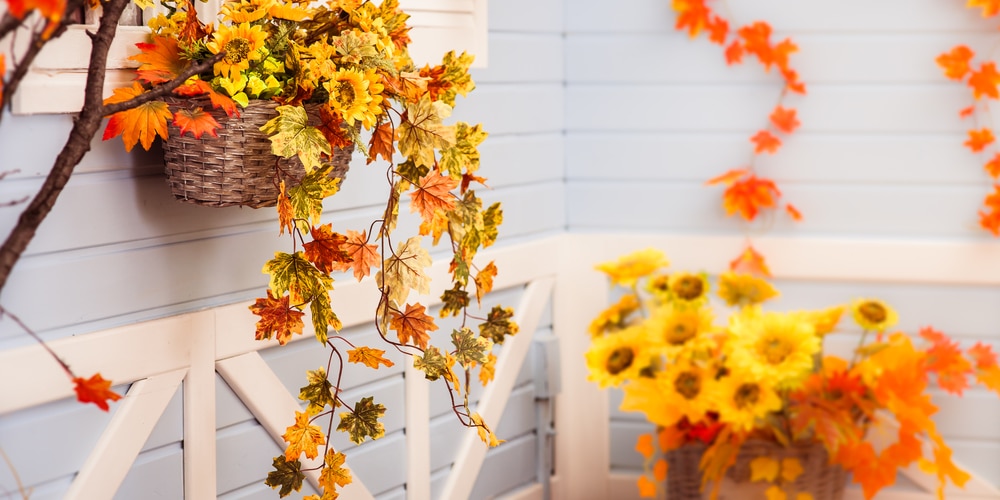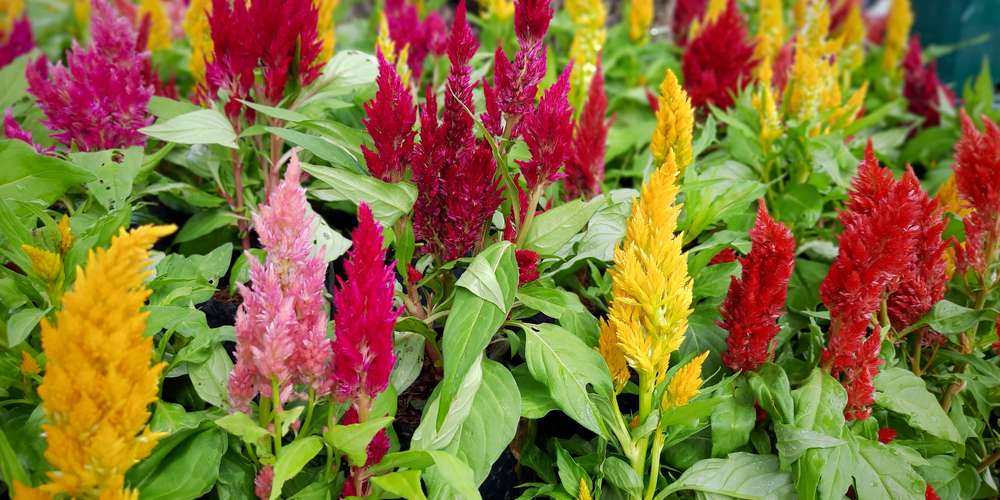Choosing the Right Annuals for Illinois Summers
When selecting annuals for your Illinois garden, two key considerations are the plants’ tolerances for both the cold snaps of late spring and the intense heat of midsummer.
Weather Adaptability
Choose annuals that can withstand a wide range of temperatures.
Plants like Dahlias and Impatiens are resilient options, flourishing from the moment you plant them up until the first frost.
Sun and Shade Preferences
Be mindful of the sunlight your garden receives.
For instance, Vincas thrive under full sun, whereas Snapdragons can tolerate partial shade, providing flexibility in garden placement.
Color and Aesthetics
- Dahlias produce vibrant, intricate blooms.
- Impatiens bring bright colors to shady spots.
- Vincas offer a plethora of hues with glossy foliage.
- Snapdragons add vertical interest with their towering flowers.
- Cosmos are known for their daisy-like flowers that sway in the summer breeze.
Maintenance Level
If you prefer low-maintenance gardening, consider plants like Cosmos, which are drought-tolerant and generally care-free.
Growth Considerations
| Plant | Height | Spread |
|---|---|---|
| Dahlias | 1-6 ft | 1-3 ft |
| Impatiens | 6-30 in | 6-24 in |
| Vincas | 8-18 in | 8-24 in |
| Snapdragons | 6-36 in | 12-18 in |
| Cosmos | 1-7 ft | 1-4 ft |
Factor in the height and spread of the annuals to ensure a well-proportioned garden.
Remember, your choice of annuals will greatly influence the vibrancy and allure of your outdoor space throughout the Illinois summer.
Top 8 Colorful Annuals
Annual flowers are the vibrant staples of your summer garden, providing continuous beauty from early spring to fall’s first frost.
Designed to thrive in Illinois’ climate, these top 8 annuals promise a garden that bursts with color, texture, and charm.
Petunia
Petunias are a gardener’s favorite for their wide range of colors and patterns.
Given full sun, these blooms will proliferate in your summer garden, cascading elegantly over containers and garden beds.
Marigold
Cheerful Marigolds are both easy to grow and maintain, producing rich orange, yellow, and burgundy flowers.
Their hardiness and pest-repellent nature make them a practical addition to your display.
Zinnia
For a show of brilliant colors and forms, Zinnias can’t be beaten.
Plant them in full sun and well-drained soil, and watch as they attract a parade of butterflies and hummingbirds.
Begonia
Begonias provide lush foliage complemented by delicate blooms in a spectrum of color.
Tuberous begonias are particularly suited for Illinois summers, blooming in the heat with rose-like flowers of orange, yellow, red, and pink.
Impatiens
For shaded areas, Impatiens are a perfect pick.
Their vivid flowers will light up even the darkest corners with minimal maintenance.
Sunflower
Majestic Sunflowers stand tall, with their iconic blooms following the sun across the sky.
From miniature to giant versions, they act as a centerpiece or backdrop in any garden setup.
Celosia
With fascinating textures, Celosia offers plumed or crested flowers in fiery colors.
These annuals stand out for their architectural quality, adding height and interest.
Cosmos

Delicate yet sturdy, Cosmos are the quintessence of cottage gardens.
Planting them results in whimsical foliage topped with daisy-like flowers that dance in the breeze.
Planting and Care Tips
To ensure a vibrant and healthy garden throughout the Illinois summer, attentive preparation and ongoing care of your annuals is essential.
Focus on these pivotal areas for the best results.
Soil Preparation
Before planting, enrich your garden bed with a layer of compost to provide nutrients and improve soil structure.
Ensure the soil is well-draining; soggy conditions can lead to root diseases.
Test the pH levels — most annuals prefer a range between 6.0 and 7.0.
Watering Requirements
Illinois summers can be unpredictable, so adjust your watering schedule accordingly.
Annuals typically require 1 inch of water weekly.
It’s best to water deeply and less frequently to encourage strong root growth.
- Morning watering: Reduces evaporation and fungal diseases.
- Consistent moisture: Essential during the hot, dry spells.
Sunlight Needs
Full sun is ideal for most annuals, which translates to at least 6 hours of direct sunlight daily.
However, certain varieties can tolerate partial shade.
If your garden has mixed light conditions, place sun-loving plants in unobstructed areas and shade-tolerant plants where sunlight is intermittent.
Fertilization
Provide a balanced, slow-release fertilizer at the time of planting.
Throughout the growing season, supplement with a water-soluble fertilizer every 4-6 weeks to sustain lush growth and abundant blooms.
Pest and Disease Management
Regular inspection and clean cultural practices can prevent most problems.
Remove affected foliage and dispose of it properly to impede the spread of disease.
For pests like aphids and spider mites, a strong water spray or insecticidal soap can often be sufficient.
Avoid using broad-spectrum pesticides which can harm beneficial insects.
Designing a Summer Garden
When planning your colorful summer garden in Illinois, consider the visual impact of color combinations, plant heights and textures, and the benefits of companion planting.
Color Schemes
When selecting annuals, envision your garden as a painter’s canvas.
Aim for a harmonious balance or a vibrant contrast, depending on your preference.
For a cool palette, pair blues and purples with whites; warm gardens might glow with reds, oranges, and yellows.
Examples of Color Combinations:
- Cool Tones: Blues of Cornflowers with the whites of Impatiens.
- Warm Tones: Reds of Vinca with the oranges of Cosmos.
Plant Height and Texture
Create visual interest with varied plant heights; place taller species like Snapdragons at the back and shorter ones like Dahlias at the front.
Incorporate a range of textures: the glossy foliage of Vinca provides a different aesthetic compared to the feathery foliage of Cosmos.
| Height | Plant Examples |
|---|---|
| Tall (> 24 in) | Snapdragons, Cleome |
| Medium (12-24 in) | Dahlias, Celosia |
| Short (< 12 in) | Impatiens, Vinca |
Companion Planting
Pair plants that thrive under similar conditions and that can benefit each other.
Marigolds, for instance, may repel pests and can be planted next to most annuals, providing not only a pest deterrent but also a spot of vibrant color.
Successful Companion Plants:
- Marigolds: Pest deterrent, pair with any full-sun annual.
- Basil: Enhances the growth and flavor of nearby plants, works well with Dahlias.
Sustainable Gardening Practices
Adopting sustainable gardening practices is essential for maintaining a vibrant garden while preserving natural resources.
Your garden can thrive and support the local ecosystem with a few strategic choices.
Water Conservation
Implementing drip irrigation or soaker hoses ensures water is delivered directly to the roots of your plants, reducing evaporation and water waste.
Installing a rain barrel under your gutter’s downspout enables you to collect rainwater, which can then be repurposed to water your garden, conserving this precious resource.
- Drip Irrigation: Direct root watering
- Soaker Hoses: Minimize evaporation
- Rain Barrels: Collect and reuse rainwater
Organic Mulching
Mulch serves as a protective layer over the soil, moderating soil temperature and maintaining moisture levels, which can reduce the need for frequent watering.
Use organic materials like straw, wood chips, or composted leaves to enrich your soil’s fertility as they decompose.
- Straw: Light, airy, and decomposes over time
- Wood Chips: Long-lasting and visually appealing
- Composted Leaves: Adds nutrients to the soil
Beneficial Insects
Attract beneficial insects to your garden by planting native species that provide habitat and food sources.
Predatory insects like ladybugs and lacewings control damaging pests naturally, while bees and butterflies pollinate your plants, increasing the health and yield of your garden.
- Ladybugs & Lacewings: Control pests
- Bees & Butterflies: Pollinate plants
Frequently Asked Questions
When planning your summer garden in Illinois, opting for annual flowers that can manage the strong sun and heat while providing a long-lasting display of color is crucial.
Here are some specific answers to often-queried topics about cultivating annuals in your Illinois summer garden.
What are the best annual flowers for a full-sun summer garden in Illinois?
For full-sun summer gardens, consider planting heat-tolerant varieties such as Marigolds, Zinnias, and Petunias.
These annuals can thrive under the full glare of the sun and will add vivid colors to your garden.
Which low-maintenance annuals thrive in Illinois’s summer heat?
If you’re looking for low-maintenance options that can endure the summer heat, opt for plants like Cosmos and Vinca.
These flowers are adaptable to warm weather and require minimal upkeep, making them perfect for busy gardeners.
Can you suggest annual flowers that bloom throughout the summer for container gardening?
For container gardens, consider planting Geraniums and Calibrachoas as they bloom continuously throughout the summer.
Their ability to thrive in pots makes them ideal for adding splashes of color to your deck or patio.
How can I identify annual plants that will bloom all summer in partial shade conditions?
In partially shaded spots, Impatiens and Begonias are reliable picks.
These plants don’t need full sun to flourish and will provide bright blooms throughout the summer months.
What are the top heat-resistant annual flowers suitable for Illinois summers?
Sunflowers and Portulacas are known for their exceptional heat resistance.
These annuals will stand up to Illinois’ high summer temperatures, ensuring that your garden remains a riot of color even on the hottest days.
Are there short-statured annual flowers that offer continuous blooms during the summer months?
For continuous blooms from smaller plants, consider Dwarf Dahlias or French Marigolds.
These compact flowers can fit into smaller spaces without sacrificing their lengthy blooming period.
